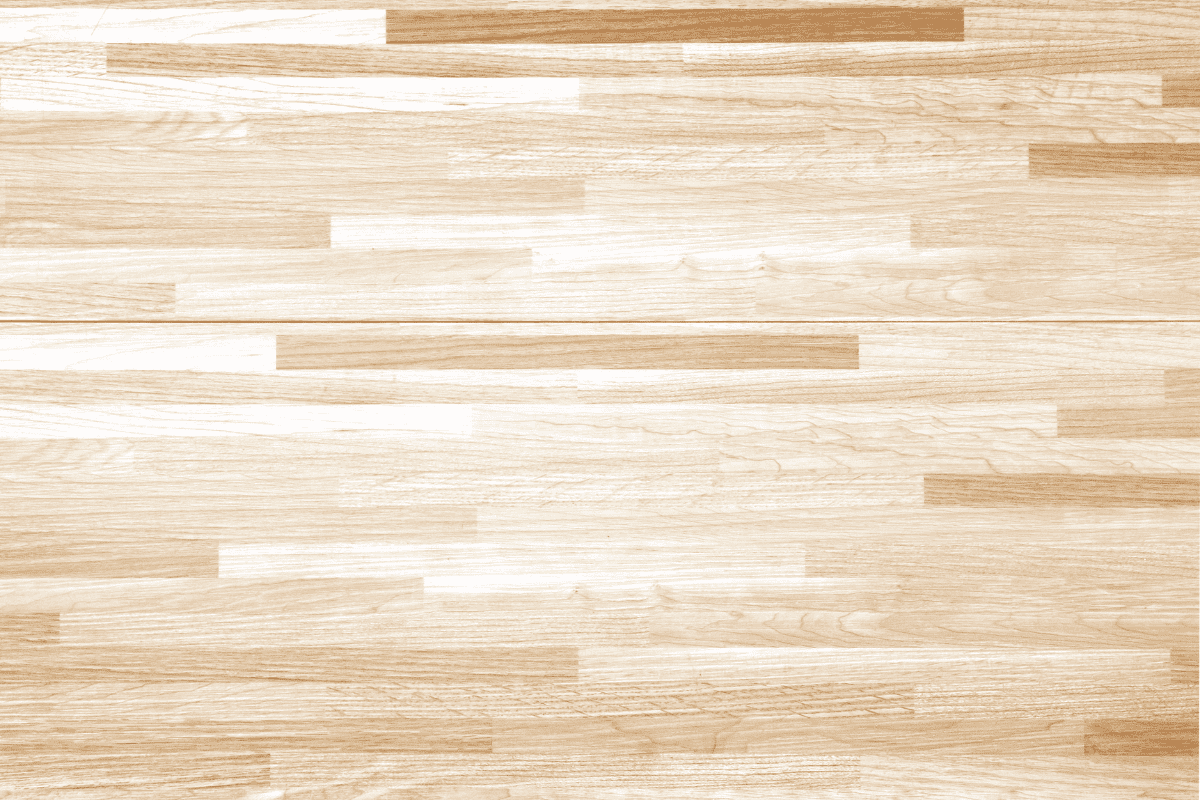What is an Over and Back Violation in Basketball?
The phrase ‘over and back’ might sound like a simple game of catch, but in the game of basketball, it signifies a rule that every player must adhere to. Understanding the over-and-back violation is not just essential for players and coaches, but it’s also helpful for basketball fans to fully appreciate the intricacies of the game.
When a team violates this rule, it can change the game dynamics, potentially flipping the victory from one team to the other.
A Sneak Peek into the Rule
At its core, the over-and-back rule is about ball movement between the two halves of the court. Once the offensive team crosses the mid-court line into the frontcourt, they are not allowed to send the ball back over the line to the backcourt.
Doing so constitutes an over-and-back violation.
Historical Background
Like many rules in sports, the over-and-back rule has its roots embedded in the early formulations of basketball regulations. As the game evolved from its rudimentary form in the late 19th century, so did the necessity for rules that ensure fair play and maintain the game’s fast pace.
The Evolution Over Time
The over-and-back rule has witnessed slight modifications over the decades to adapt to the changing pace and style of play. However, its essence remains unchanged – to prevent teams from wasting time and to maintain the game’s momentum.
This rule, among others, has helped basketball evolve into the energetic and thrilling sport that captivates audiences worldwide.
The Rule Explained
The Official Word
Understanding the technicalities can help clarify what over-and-back violations are all about.
According to the rules set by the National Basketball Association (NBA) and the International Basketball Federation (FIBA), once the ball crosses the mid-court line into the frontcourt, it cannot return to the backcourt. If it does, it’s deemed an over-and-back violation, and the opposing team is awarded the ball.
Dividing the Court
The basketball court is essentially divided into two main sections by the mid-court line: the frontcourt and the backcourt. The frontcourt is where the offensive action happens, and it’s the offensive team’s goal to keep the ball in this half to score. The backcourt is typically the defensive territory.
This division is crucial for the over-and-back rule to function.
Scenario Illustrations
Imagine a player from Team A dribbles the ball across the mid-court line into the frontcourt. If the ball is then passed or bounces back over the mid-court line to the backcourt, that’s an over-and-back violation. The rule maintains the game’s forward momentum and discourages stalling tactics.
Read More:
Identifying Over-and-Back Violations
The Referee’s Eye
Referees play a pivotal role in identifying and calling over-and-back violations during a game. Their keen eyes and understanding of the rule are crucial for maintaining fairness and the flow of the game.
Common Scenarios
Over-and-back violations are more common than you might think, especially in high-pressure situations where players might lose focus momentarily. It could happen during a pass, a rebound, or when a player is under pressure from the opposing team’s defense.
Technology to the Rescue
In professional leagues, referees have the aid of video replay technology to ensure accurate calls. This technology can capture even the minutest details, ensuring that the right calls are made, which is essential in maintaining the game’s integrity.
Consequences of Over-and-Back Violations
Immediate Penalties
When an over-and-back violation occurs, the offending team loses possession of the ball, which is then awarded to the opposing team. This transfer of possession can be a game-changer, especially in close contests where every possession counts.
Strategic Losses
Beyond the immediate penalty, an over-and-back violation can also lead to strategic losses. It disrupts the offensive flow of the team committing the violation and can demoralize players, affecting their performance for the remainder of the game.
Real-world Implications
Over the years, there have been numerous instances where critical game moments were influenced by over-and-back violations. These moments serve as lessons on the importance of adhering to this rule and the impact it can have on the game’s outcome.
Preventing Over-and-Back Violations
Prevention starts with awareness. Players need to be well-versed with the over-and-back rule and other court regulations. Regular training and drills can help ingrain the rule in players’ minds, minimizing the chances of committing such violations during crucial game moments.
Smart Coaching
Coaches play a significant role in preventing over-and-back violations. By devising strategies that ensure safe ball movement across the court and by instilling a disciplined approach in players, coaches can significantly reduce the likelihood of these violations.
Learning from Past Mistakes
Analyzing past instances of over-and-back violations, and learning from them, is another effective way to prevent such errors. Teams can review game footage to understand the circumstances leading to violations and work on strategies to avoid them in future games.
Conclusion
The over-and-back rule, while seemingly straightforward, has profound implications on the flow and outcome of a basketball game. Its importance extends beyond just the players and coaches, to the fans who revel in the sport’s competitive spirit.
By ensuring a continuous flow of action and preventing stalling tactics, the over-and-back rule embodies the essence of what makes basketball an exhilarating and fair competition.
It’s a fine example of how rules, though technical, contribute significantly to the excitement and integrity of the game we all love.

